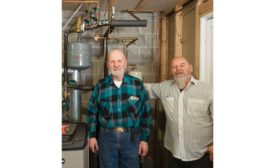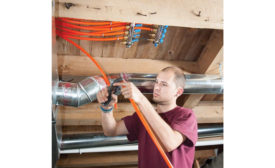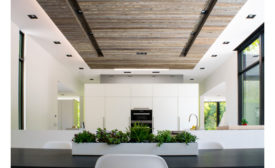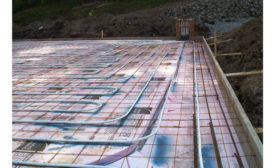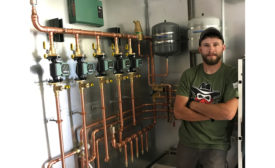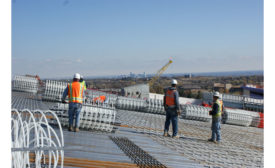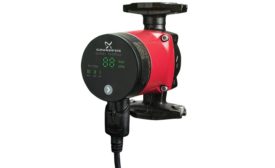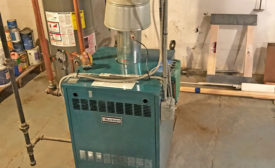Home » radiant heating and cooling
Articles Tagged with ''radiant heating and cooling''
Radiant Heat Might Just Be the HVAC Industry’s Best Kept Secret
Business and application tips for current and future trends
November 19, 2018
Hydronic Heating System Designs Depend on Consumer Preferences
Asking the right questions helps determine the solution
Read More
HVAC Boilers Continue to Find Their Niche
Hydronics contractors exude an unparalleled passion for their trade
Read More
New Options Allow for Faster, More Accurate PEX Tubing Installations
Manufacturers offer products that trim time, improve accuracy
Read More
Giving the HVAC Boiler a Stay of Execution
Extending the life of that old cast-iron boiler
Read More
Copyright ©2024. All Rights Reserved BNP Media.
Design, CMS, Hosting & Web Development :: ePublishing
